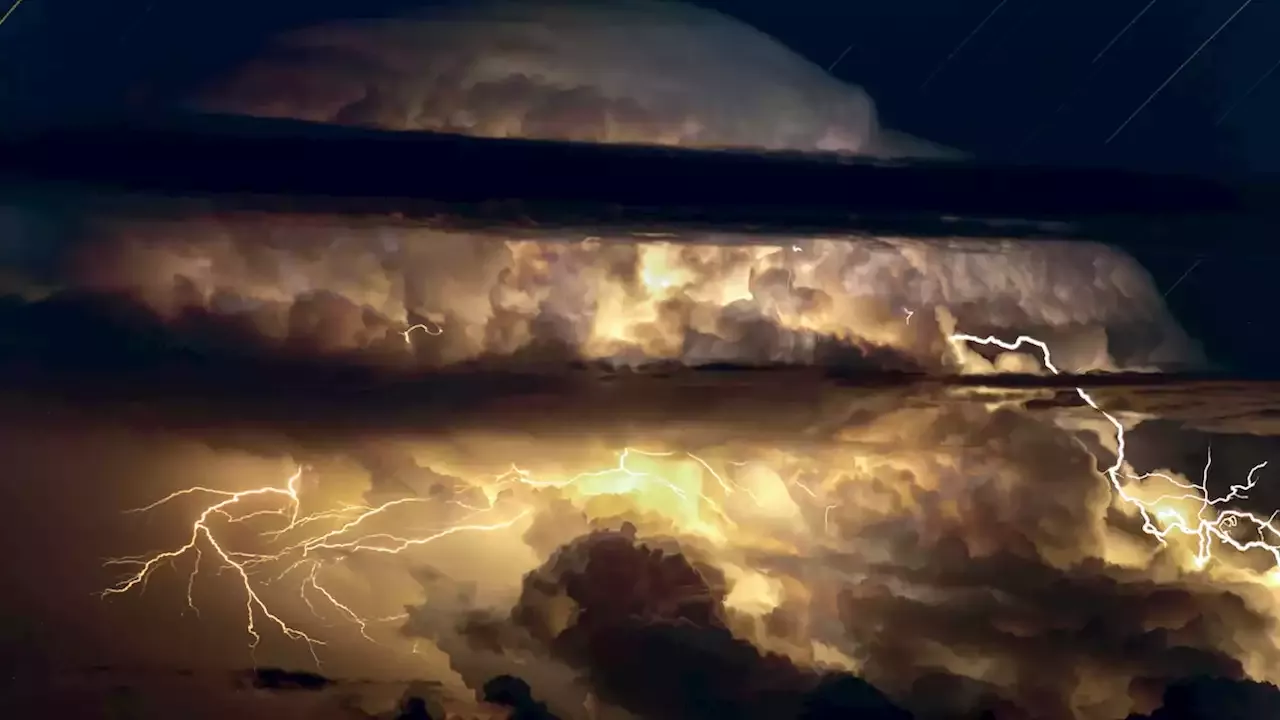By century's end, thunderstorms over the Plains states will be fewer, while those in the eastern states will become more common as climate change affects weather
This, says Brooks, is a glimpse of the future. “People live where the thunderstorms are because of the rainfall,” he says—a necessary ingredient in the region’s vast agricultural enterprise. But if the Southwest continues to heat up and get drier—a pattern climate scientists expect—the warm, high-elevation air it produces will keep streaming off the mountains and killing off the atmospheric imbalances that create storms over the Plains.
The abbreviation “dBz” refers to the radar reflectivity of an airmass; on a radar map, 40 dBz will probably show up orange. As for the really intense storms—the 60 dBz ones, “the one where you have to be careful,” says Brooks—the biggest increases will hit the mid-South, which could see more than six extra days of the super-intense storms each year.
